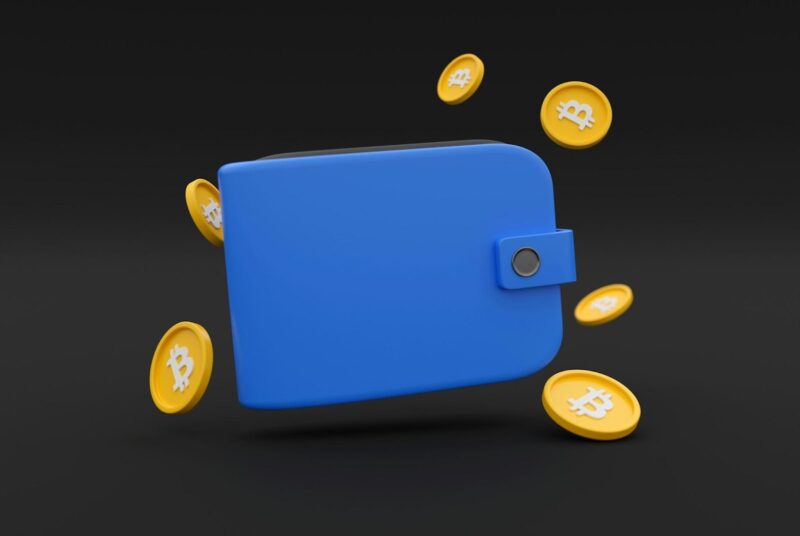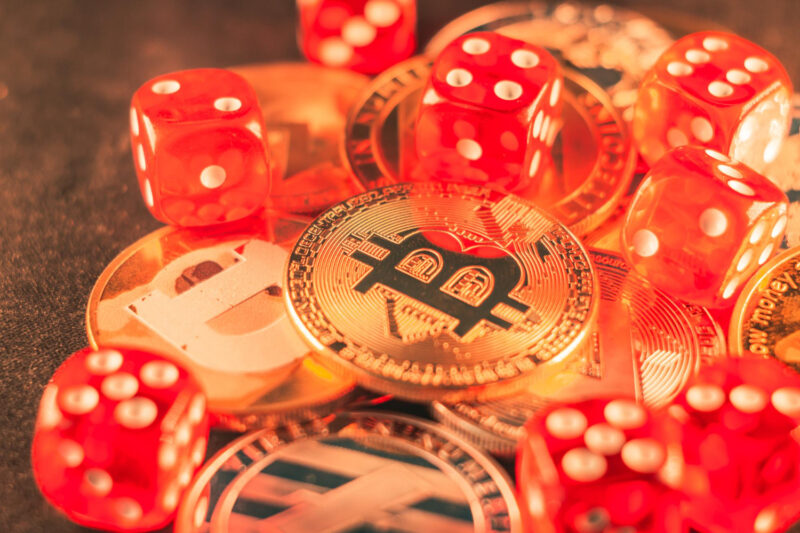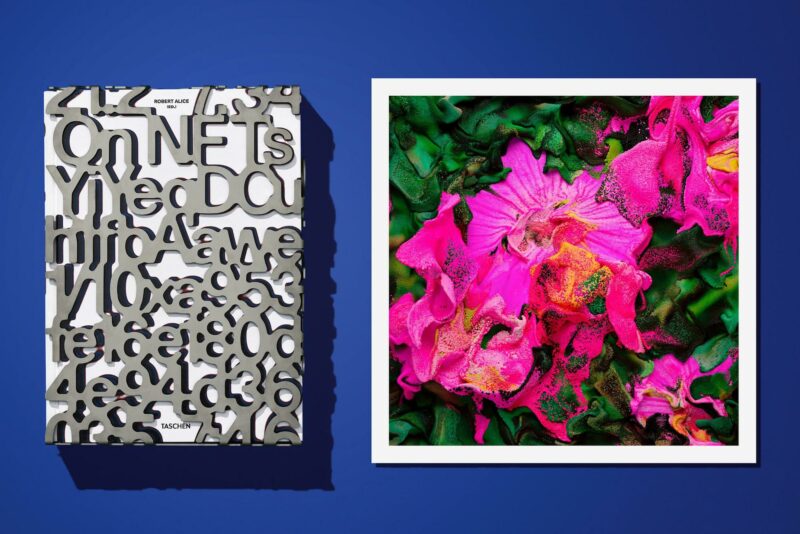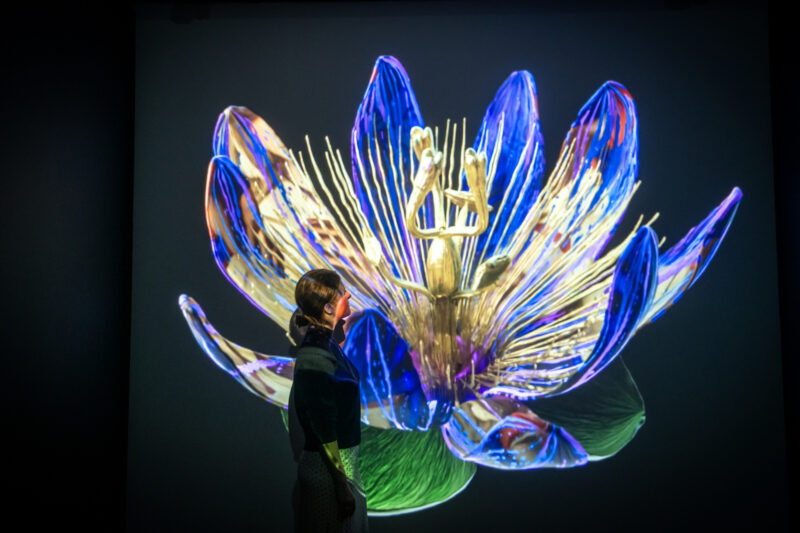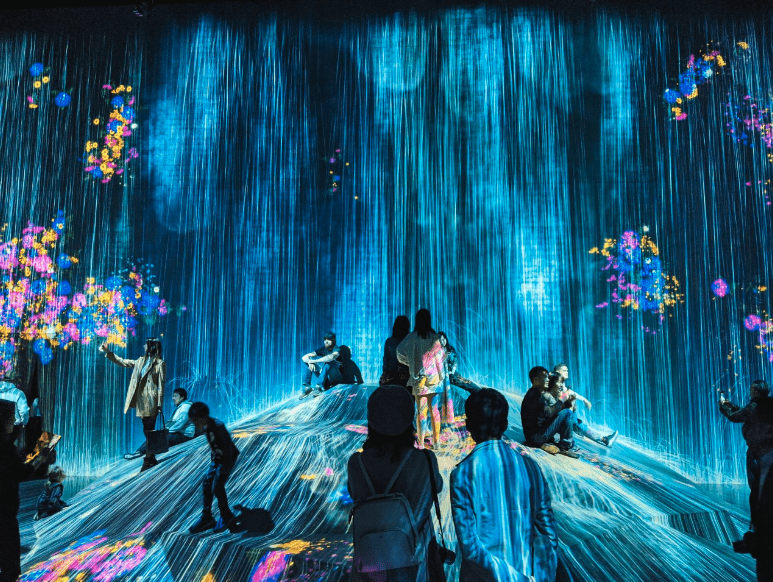
Artists have always pushed the boundaries of what is expected of themselves and the world around them. So it is no surprise that with the rise in digital art, there have been new environments for that digital art to flourish. This metaverse is where some are saying the future of art lies. Critics, on the other hand, deride it as just another fad and something that has been hyped out of all proportion.
But what is the metaverse? We are going to try to answer that question, concentrating on the art that can be created there. We will also question how this new metaverse can benefit digital artists.
Virtual Living
If you have little experience or knowledge of the metaverse you may think it has something to do with the new name for Facebook. Although it is undoubtedly true that the company now known as Meta would love to be synonymous with the metaverse, it is really only a small part of this bright new world – or worlds.
In fact, the metaverse is any kind of virtual world where users or players can build and own digital goods. This could be an apartment building in New York City – or the Statue of Liberty itself. As long as no one else owns the digital version, you can use blockchain technology to buy it using digital currency.
Even if you have little understanding of them, you will have heard of non-fungible tokens (NFTs). This is how you own digital goods in the metaverse. The decentralized nature and blockchain technology ensures that your ownership can be proved and the transaction is recorded.
It is not surprising that digital art is one of the major forerunners in this metaverse. Art is inherently collectable and the value given to it comes from how valuable the potential owner deems the art to be. Before NFTs and the metaverse, digital art could easily be reproduced. But now digital art is just like any other kind of art. The originality of digital art can now be shown.
Power to the Artists
Digital art sales skyrocketed in 2021 and the trend has only continued over the last year. There have been accusations of NFTs being the ‘emperor’s new clothes’, but value is chosen by the market. Critics may dismiss the metaverse – and NFTs in general – but for those who are interested in obtaining digital art, it is just like buying an original piece of physical art.
Supporters of this way of creating and selling digital art would argue that it is an even more honest marketplace – and a better investment for those buying. This kind of art will never deteriorate and the NFT aspect provides online copyright control.
Artists can profit from the initial sale of a piece of digital art. But then can also make money from future transactions on the same piece thanks to the way that blockchain technology and digital marketplaces, such as SuperRare, work.

The Future of Digital Art
This entire decentralized process has been termed Web 3.0 – a new way of using the internet. Digital art would seem to be ideal for this kind of environment and should be able to flourish in a place where no one company is in control and the power seems to have been shifted to the creative.
As these digital or virtual worlds become more common there will surely only be more opportunities for creative and artists to work within them. The design of the metaverse in the first place comes from the artists themselves and there seems as though there is more chance of protecting that space from bad actors.
How successful the metaverse is for digital artists will ultimately depend on who gains control of it. This is still a relatively new world for everyone involved. But, if the current ideals were kept, then it would seem to be a world that artists can enjoy.
